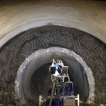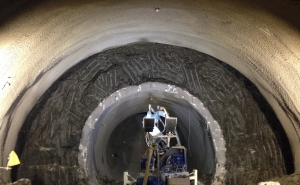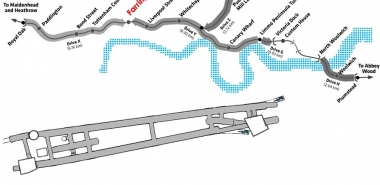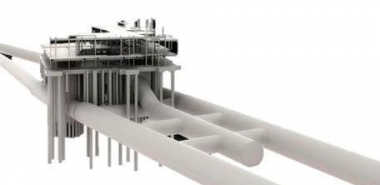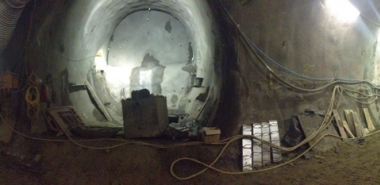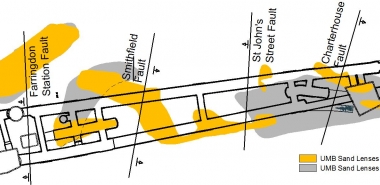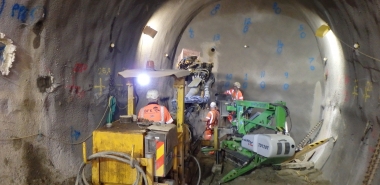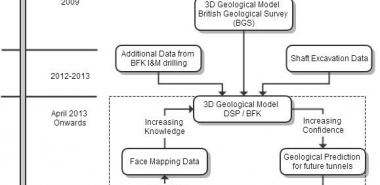You are here
Crossrail Farringdon Station Design
| Owner: | |||||
| Client: | |||||
| Service: | Design of the primary sprayed concrete linings and excavation stability including depressurisation/dewatering. 3D FE modelling of all SCL tunnels including excavation steps.
|
||||
| Estimated cost: | Commencement: | April 01, 2012
|
Completion date: | October 01, 2015
|
|
| Location: | 39 Cowcross Street London London EC1M 6BY |
||||
| Technical data: | The BFK joint venture was awarded the constrction contract for Farringdon Crossrail station in 2011. BFK appointed Dr. Sauer & Partners as consultants for all sprayed concrete lining (SCL) tunnelling works prior to ring closure. |
||||
| Geology description: | From the ground surface to the bedrock the geology comprised made ground, river terrace deposits, followed by London Clay, Lambeth Group formation, Thanet Sands and chalk. |
||||
| Geology types: | |||||
| Activity: | |||||
| Categories: | |||||
| Bid cost: | Final cost: | £400 million GBP
|
|||
| Service areas: | |||||
| Construction methods: | |||||
| Tunneling under: | |||||
| Excavation area: | 25-110m2
|
||||
| Tunnel length: | 1000m
|
||||
Farringdon station is situated at the heart of London's rail network and will be one of its major rail interchange stations, which will link Crossrail, Thameslink services and London Underground trains. The station layout includes two ticket halls, two escalator inclines, two platform tunnels, connecting cross passages, concourse tunnels and ventilation adits. The chosen tunnelling system for Farringdon Station was sprayed concrete lining (SCL). The station comprised a total of 1km of SCL tunnels at depths of up to 35m below ground level and excavation cross-sections varying from 25m2 to 110m2.
